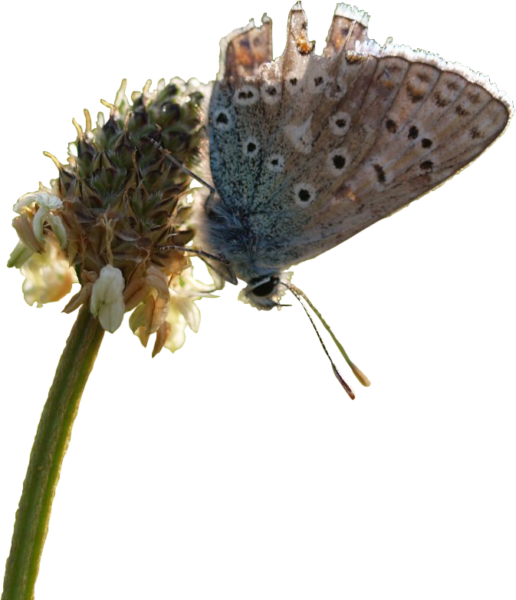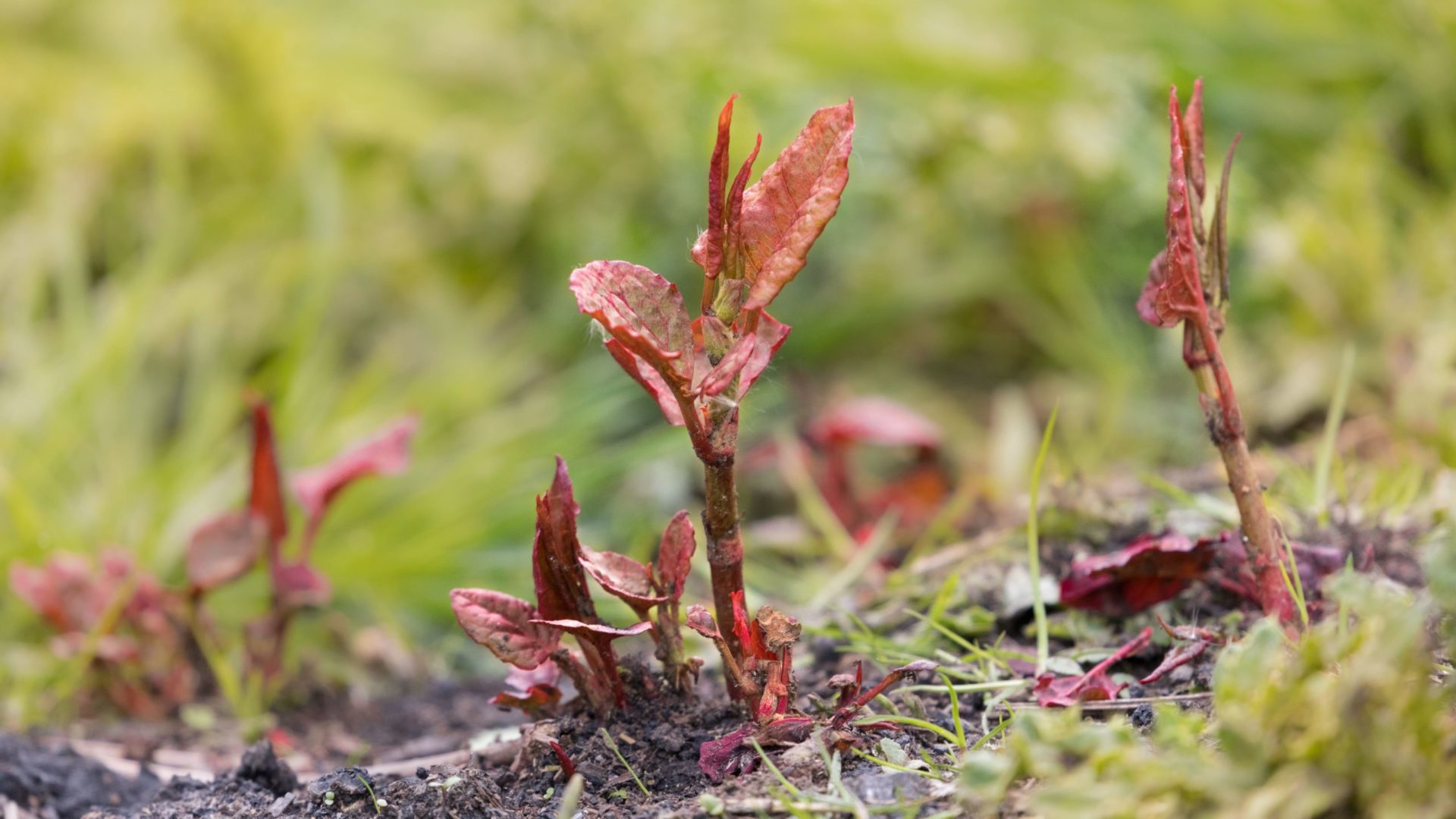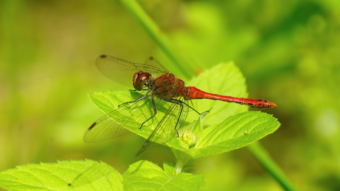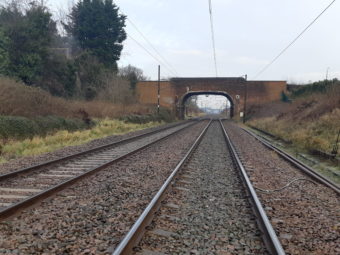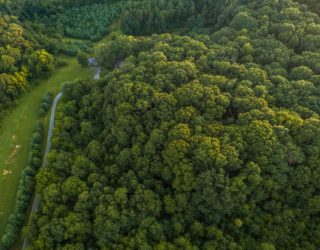The brief
On a site in Stratford, East London which was soon to be redeveloped, we treated a half hectare area of Japanese knotweed.
What we did
We checked the site for underground services using a CAT scanner and erected temporary fencing to delineate the areas of Japanese knotweed.
Before the Spring, we dug the ground and turned it over to a depth of 0.5 m with an excavator. We then added fertiliser to encourage a vigorous growth of Japanese knotweed. The plants were then spot-sprayed with herbicide. Two months later the plants were cut down and broken up to encourage regrowth. A second herbicide application followed and a third at the end of the season. In all three, different herbicides were used.
We ensured at each time that all machinery, equipment and boots were thoroughly cleaned before leaving the affected area to ensure that no Japanese knotweed could be spread to any other part of the site or off site.
The outcome
By the next season only about ten stunted plants had regrown, which were then sprayed again with Glyphosate.
-
Bovis LendleaseLocation
-
Stratford. London
Services offeredThis area was being developed as part of large-scale regeneration works. As always, we took great care when treating the Japanese knotweed not to spread it further.Thomson project manager, Japanese knotweed treatment, Stratford -
Our other projects
We cover all aspects of environmental consultation – from smaller surveys through to strategic projects.

At Thomson, we strive to deliver a pragmatic and innovative approach to environmental compliance.
Working in partnership with our clients, our team of environmental specialists ensures objectives are met, with maximum efficiency for our clients, and minimal impact on the natural world.
